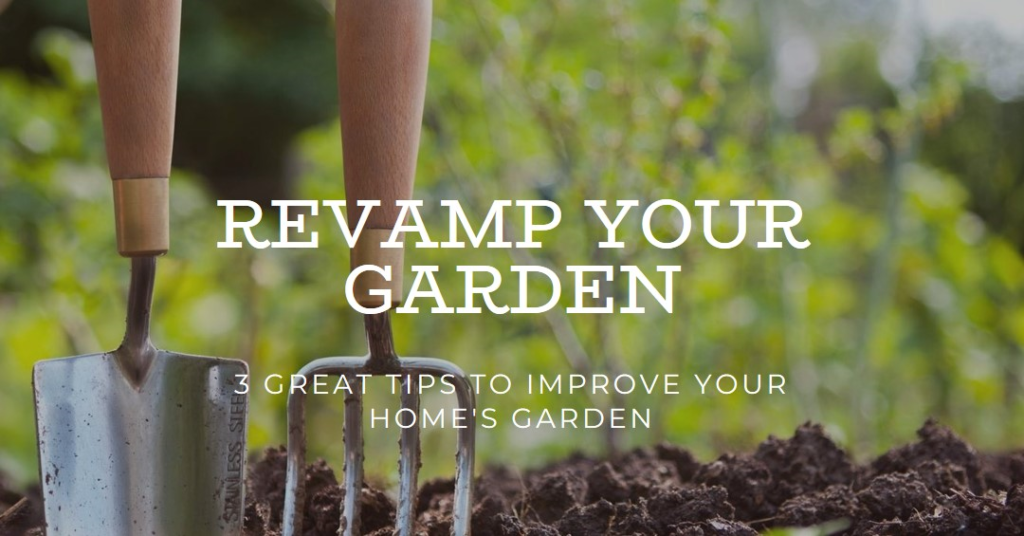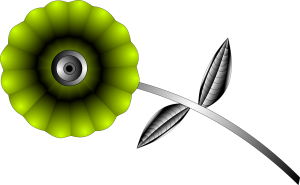Improving your home’s garden can enhance your curb appeal and enjoyment of outdoor spaces. With a little effort and attention to detail, you can transform your garden into a lush, vibrant sanctuary. This article will explore three effective ways to enhance your garden’s health and aesthetics. Each of these methods is backed by expert advice and can significantly impact your gardening success.
1. Pruning Plants
Effective pruning is a cornerstone of successful gardening, aiding the health and appearance of your plants. According to the Old Farmer’s Almanac, pruning while a plant is dormant makes it easier for the plant to recover, which is important for next year’s flowers. Carefully timed pruning can stimulate growth and prevent disease, making your garden more resilient. Consider pruning in late winter when plants are less active and can better handle the stress.
When pruning, it’s crucial to remove dead or diseased branches first to prevent the spread of pathogens. This practice will also improve airflow and light penetration, which are essential for healthier plants. Always use clean, sharp tools to make clean cuts, ensuring minimal damage to the plant.
Pruning can also shape your plants, which can be a creative aspect of home improvement. Properly shaped plants not only look better but can also produce more flowers and fruits. Regular maintenance through pruning will lead to a more beautiful and productive garden over time.
2. Investing in Quality Lawn Care
Your lawn sets the stage for the entire garden, and investing in quality care can yield impressive results. According to Zippia, on average, Americans spend $500 per year on lawn care and gardening, highlighting the importance of many places maintaining their outdoor spaces. A well-kept lawn is a canvas upon which your garden’s beauty is displayed, requiring regular care and attention.
Regular mowing, fertilizing, and aeration are essential to keep your lawn lush and green. Investing in a good-quality mower and fertilizer can make a significant difference in the health and appearance of your lawn. Aeration helps improve soil structure, allowing roots to grow deeper and more robust.
Weed control is another crucial aspect of lawn care that shouldn’t be overlooked. Weeds can quickly overrun your lawn, so it’s important to address them promptly. Using a combination of pre-emergent and post-emergent herbicides can effectively manage weeds, ensuring your lawn remains pristine and enhances your overall home improvement efforts. To get more information about turf suppliers in Melbourne, check out Lilydale Instant Lawn.
3. Applying Mulch
Mulch is a valuable tool in any gardener’s arsenal, providing multiple benefits with minimal effort. HGTV recommends about three inches of mulch for flower beds to optimize plant health and appearance. Mulch helps retain soil moisture, regulate soil temperature, and reduce weed growth, creating a healthier plant environment.
Organic mulches, such as wood chips or compost, add nutrients to the soil as they decompose, benefiting your plants. Mulching can be especially beneficial in hot climates where soil dries quickly. Maintaining a consistent soil environment will allow your plants to experience less stress and grow more vigorously.
When applying mulch, be careful not to pile it against the stems or trunks of plants, as this can lead to rot. Spread it evenly across the soil surface for the best results. Regularly replenishing mulch ensures that your garden continues to thrive, contributing to the overall home improvement of your outdoor space.
By incorporating these three strategies — pruning plants, investing in quality lawn care, and applying mulch — you can significantly improve the health and appearance of your home’s garden. Each method builds upon the other, creating a harmonious and vibrant outdoor space you can enjoy year-round. With a little dedication and the right techniques, your garden can become a glorious extension of your home.
FAQs
1. What is the importance of pruning in garden care?
Pruning helps promote healthy growth, removes dead or diseased branches, and shapes plants to enhance the garden’s appearance.
2. How often should I mow my lawn?
The frequency of mowing depends on the grass type and growth rate, but it is generally recommended that it be done once a week during the growing season.
3. What are the benefits of mulching?
Mulching helps retain soil moisture, suppress weeds, improve soil structure, and provide nutrients as it decomposes.
4. Can I prune any plant at any time of the year?
No, it’s important to prune plants at the right time of year to avoid damaging them. Research the specific pruning times for each plant.
5. How do I choose the right mulch for my garden?
Consider the type of plants, soil conditions, and personal preferences. Organic mulches like bark, straw, and compost are commonly used.
6. What tools do I need for garden care?
Essential tools include pruning shears, a lawn mower, a rake, a shovel, and a garden hose or watering can.
7. How can I improve the soil quality in my garden?
Add organic matter like compost or well-rotted manure, and consider soil testing to determine any nutrient deficiencies.
8. What are some common mistakes in garden care?
Overwatering, improper pruning, neglecting soil health, and not planning for seasonal changes are common mistakes.
9. How can I create a low-maintenance garden?
Choose low-maintenance plants, use mulch to reduce watering needs, and implement efficient watering systems like drip irrigation.
10. How can I attract wildlife to my garden?
Plant native flowers, provide water sources, and create habitats like birdhouses and insect hotels.
Hope this helps! Anything else you’d like to add? Please comment below





